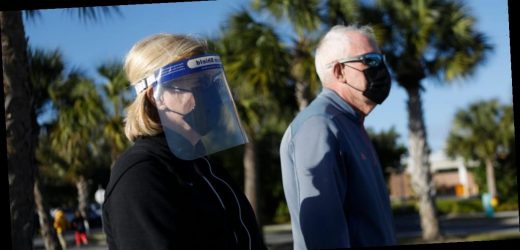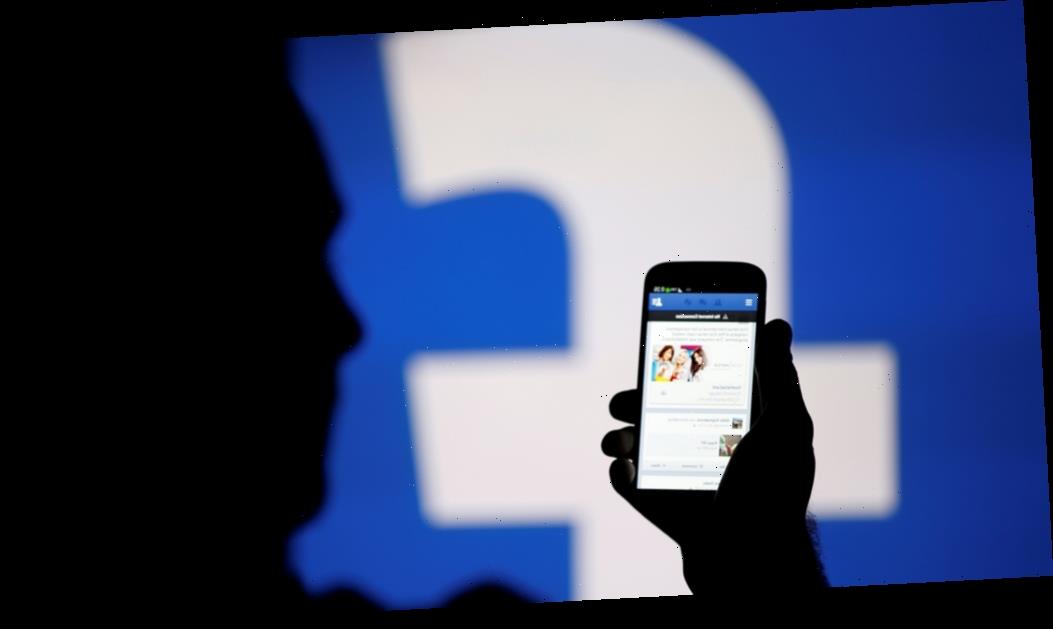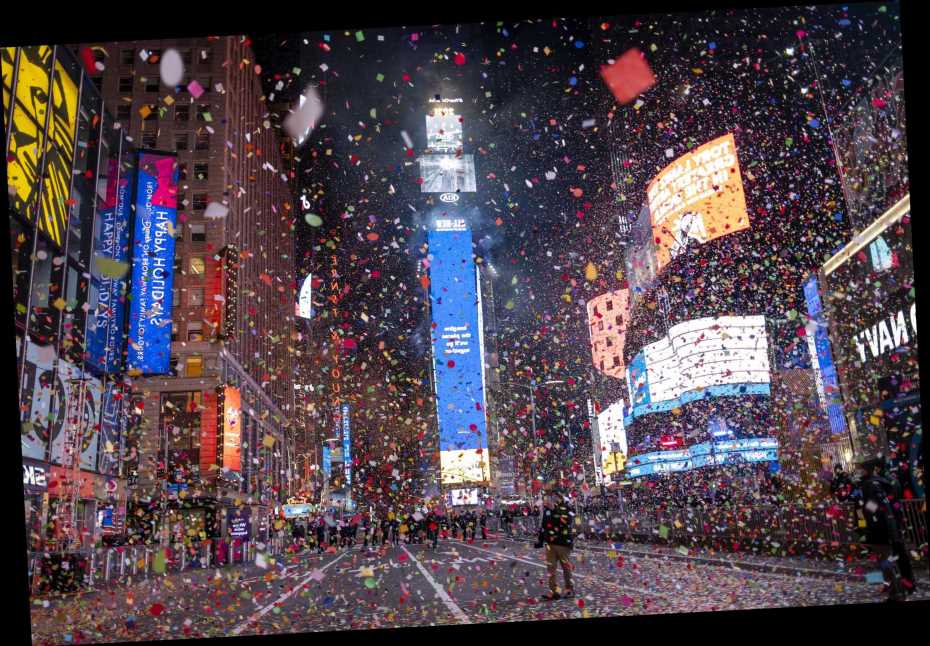- The US coronavirus vaccine rollout is off to a slow start as states struggle with logistical challenges.
- Public-health experts worry the next round of vaccinations, for the elderly and essential workers, will be even more chaotic.
- Several state health departments told Business Insider they are still sorting out the logistics of who gets vaccinated next and how that process will transpire.
- It's unclear whether individuals will need appointments. But distributing vaccines on a first-come, first-served basis could lead to long lines and health hazards.
- Visit Business Insider's homepage for more stories.
The news came in a press release last weekend: Elderly residents of Lee County, Florida, could get coronavirus vaccines on a first-come, first-served basis.
In the hours and days that followed, hundreds of people ages 65 and older lined up outside vaccination sites. Some endured temperatures as low as 47 degrees Fahrenheit as they camped out overnight. Most sites hit capacity before 7 a.m. each day — two hours before they opened.
It was a preview of what a wider vaccine rollout might look like without adequate preparation and communication.
In most states at the moment, vaccines are being distributed first to healthcare workers and residents of long-term care facilities. These are among the easiest groups to vaccinate: Healthcare employees get the shots at their place of work, so it's not hard to verify their eligibility or instruct them where to show up. Meanwhile, CVS and Walgreens are traveling to individual facilities to vaccinate nursing home residents.
But the next round of vaccinations will likely be tougher to manage.
"It's going to get much uglier," Dr. Ashish Jha, dean of Brown University's School of Public Health, told Business Insider.
The Centers for Disease Control and Prevention has recommended that states prioritize frontline essential workers and people ages 75 and older in their next phase of vaccinations. This category is much larger than the last, with an estimated 49 million people. The initial groups totaled just 24 million people. What's more, "essential worker" status can be hard to define and may vary by state.
Many state health departments, including those in Colorado, Connecticut, Indiana, Maryland, New Jersey, Pennsylvania, Vermont, and Virginia, told Business Insider that they are still sorting out the logistics of who will get vaccinated next, how individuals will be prioritized, and which sites will assist with the immunizations. Some departments said they hope to finalize the parameters in the coming days or weeks.
That timeline is too slow, Jha said.
"This is not like we're months away from vaccinating people who are 80," he said. "We are hopefully weeks away from vaccinating people who are 80. I don't understand how we're going to do that, and no one else does, either."
Vaccinating essential workers poses new challenges
For the most part, state health departments say vaccines will be available at some combination of local hospitals, health departments, pharmacies, medical offices, and Federally Qualified Health Centers. The federal government has partnered with large chain pharmacies like CVS, Walgreens, and Walmart.
Vermont said it was forming its own partnerships with pharmacies and already has relationships with local hospitals, but didn't elaborate further. Illinois said it would work with pharmacies and also deploy mobile vaccination teams in vulnerable communities. Texas said the decisions and procedures would be left up to each of its 50 individual local health departments.
It's still unclear whether people will have to make appointments to get vaccinated in these or other states, or whether we'll see more long lines. Colorado's health department told Business Insider appointments may be available "in some cases."
"I'm not seeing a uniformly concise and clear communication about how to get vaccine as it's being rolled out in a more public forum outside of, say, hospital personnel," Marissa Levine, a public-health professor at the University of South Florida, told Business Insider. "People need to know how to get the vaccine, when to get the vaccine, and who should get the vaccine, and then how those decisions are being made."
Having people queue up, she added, "seems to me a very dangerous way to do this." Coronavirus hospitalizations have reached peak levels — more than 120,000 per day — in the US, and the nation reported its highest number of daily deaths on Wednesday: more than 3,700. Encouraging vulnerable groups to congregate in lines could fuel transmission.
It's also unclear what type of identification states will require to verify that people are in the vaccine priority groups. Health officials in Lee County, for instance, asked healthcare workers to provide a copy of their ID badge or a current paystub.
"If you're a nurse practitioner or a pharmacist at CVS, how do you verify that somebody somebody's a mass transit worker?" Jha said. "Do you need a letter from their HR department? Can somebody forge a letter?"
He added that states are "far too stretched" to sort out these issues on their own.
Vaccination sites remain in the dark
According to the CDC, states should have enough shots to start vaccinating essential workers and people over 75 in January, then complete these vaccinations in February.
But even large health systems aren't sure how that will go down. In a statement to Business Insider, Kaiser Permanente, one of the largest health systems in the country, said it's working with state officials but acknowledged that "we don't yet know how each state will approach this process."
Three large primary care chains recently told Business Insider that they don't know when to expect vaccines for their own healthcare workers, let alone patients. They also don't know how many doses are coming, or what to tell patients who call to ask when they can get the shots.
"We're not getting a lot of information from the state health departments or pharmacies or hospitals at this point about when we're going to be engaged," Dr. Jason Lane, an infectious-disease doctor at ChenMed, a Miami-based primary care chain, said.
Dr. Emily Maxson, chief medical officer at Aledade, a network for independent physician practices, said the vaccine rollout plan so far is "completely a mystery to frontline providers."
'A complete mess of a national rollout'
The US has shipped out roughly 12.4 million doses of vaccine so far, but fewer than 2.8 million people had received injections as of Wednesday morning, according to the CDC. Data lags mean the actual figure could be higher: Bloomberg's tracker suggests nearly 3.5 million Americans were vaccinated as of Friday.
Either way, that's nowhere near the Trump administration's goal of vaccinating 20 million people by the end of 2020.
On a Wednesday press call, Dr. Nancy Messonnier, director of CDC's National Center for Immunization and Respiratory Diseases, attributed the slow pace of vaccinations to the Christmas holiday and confusion over how many doses were available.
"We knew vaccines were coming in December," Jha said. "This is not a surprise — and you would have thought that all of the infrastructure, all of the planning, the data infrastructure, everything would have been set up months ago so that the day that the vaccine got authorized, it could have been shipped and it could have started going into people's arms."
The patchwork nature of the rollout, however, has put the burden on already overwhelmed state health departments.
Local officials have been tasked with coordinating vaccination schedules while also confronting a tsunami of sick patients. Many health departments lack the funding to hire enough staff to administer doses in large batches. Others lack the expertise to transfer thousands of doses from local warehouses to the arms of individuals — what experts call the "last-mile" challenge.
"Vaccines sitting on shelves are doing nothing while thousands of Americans are dying," Jha said. "This is a travesty. This is the most ridiculous example of an incredible ability of our country to be innovative in producing the vaccine and yet inability of our government to help get it to people."
The recently passed coronavirus relief package gives states about $8 billion to help with these vaccine distribution issues. President-elect Joe Biden has said he'll need even more funding from Congress to hit his target of vaccinating 100 million people in his first 100 days in office.
"The Trump team is handing over a complete mess of a national rollout," Jha said. "The Biden team is going to have a lot of hard work ahead."
Shelby Livingston contributed reporting.
If you have a story about the coronavirus pandemic you’d like to share, email us at [email protected].
Get the latest coronavirus business & economic impact analysis from Business Insider Intelligence on how COVID-19 is affecting industries.
Source: Read Full Article


